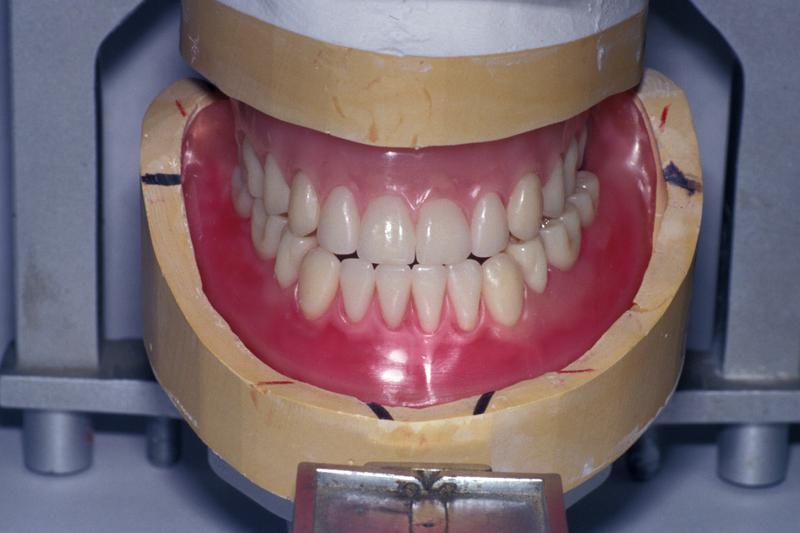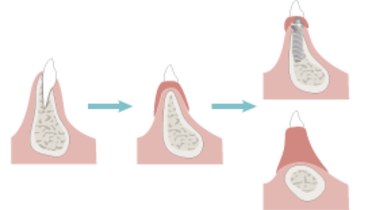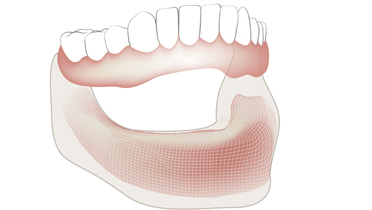-
0
Patient Assessment
- 0.1 Patient demand
- 0.2 Overarching considerations
- 0.3 Local history
- 0.4 Anatomical location
- 0.5 General patient history
-
0.6
Risk assessment & special high risk categories
- 5.1 Risk assessment & special high risk categories
- 5.2 age
- 5.3 Compliance
- 5.4 Smoking
- 5.5 Drug abuse
- 5.6 Recreational drugs and alcohol abuse
- 5.7 Parafunctions
- 5.8 Diabetes
- 5.9 Osteoporosis
- 5.10 Coagulation disorders and anticoagulant therapy
- 5.11 Steroids
- 5.12 Bisphosphonates
- 5.13 BRONJ / ARONJ
- 5.14 Radiotherapy
- 5.15 Risk factors
-
1
Diagnostics
-
1.1
Clinical Assessment
- 0.1 Lip line
- 0.2 Mouth opening
- 0.3 Vertical dimension
- 0.4 Maxillo-mandibular relationship
- 0.5 TMD
- 0.6 Existing prosthesis
- 0.7 Muco-gingival junction
- 0.8 Hyposalivation and Xerostomia
- 1.2 Clinical findings
-
1.3
Clinical diagnostic assessments
- 2.1 Microbiology
- 2.2 Salivary output
-
1.4
Diagnostic imaging
- 3.1 Imaging overview
- 3.2 Intraoral radiographs
- 3.3 Panoramic
- 3.4 CBCT
- 3.5 CT
- 1.5 Diagnostic prosthodontic guides
-
1.1
Clinical Assessment
-
2
Treatment Options
- 2.1 Mucosally-supported
-
2.2
Implant-retained/supported, general
- 1.1 Prosthodontic options overview
- 1.2 Number of implants maxilla and mandible
- 1.3 Time to function
- 1.4 Submerged or non-submerged
- 1.5 Soft tissue management
- 1.6 Hard tissue management, mandible
- 1.7 Hard tissue management, maxilla
- 1.8 Need for grafting
- 1.9 Healed vs fresh extraction socket
- 1.10 Digital treatment planning protocols
- 2.3 Implant prosthetics - removable
-
2.4
Implant prosthetics - fixed
- 2.5 Comprehensive treatment concepts
-
3
Treatment Procedures
-
3.1
Surgical
-
3.2
Removable prosthetics
-
3.3
Fixed prosthetics
-
3.1
Surgical
- 4 Aftercare
Complete Denture trial placement
Key points
- The trial placement appointment is a significant step for first evaluation of and decision on the prosthetic design and is crucial for successful edentulous patient care
- The tooth arrangement is used for provisionalization design purposes
- The tooth arrangement for trial placement can serve as both a diagnostic and treatment planning tool
Trial placement - functional and esthetic evaluation
The trial placement appointment is crucial for successful edentulous patient care.
The tooth arrangement (set-up) provides a tangible orientation index of the teeth’s spatial positions in relation to each edentulous arch. This clinical visualization addresses both dentist- and patient-mediated esthetic and technical considerations. It employs the laboratory-prepared provisional teeth setup on an articulator, thereby simulating jaw and teeth contact movement relationships and movement.
The trial placement appointment represents the first time that dentist and patient can see what has been created in the laboratory; and a decision will then be one of acceptance, modification or change. This is the first occasion where the patient can see what the dentures will look like and the patient should be actively engaged and offered the chance to request changes. Mutual satisfaction with the provisional waxed-up result should be reached before additional clinical steps are taken (e.g. processing the dentures). A patient who has reservations and is not able to express them will likely be dissatisfied with the finished dentures. It is important to not just focus on the tooth arrangement, but also pay close attention to the contour of the wax-up. If the wax-up is too bulky and will compromise patient comfort or speech or mastication, it is better to remove the bulk before processing. If the wax-up is insufficient, then wax should be added before processing. Once it is approved, the trial arrangement and wax-up is accordingly processed.




Discuss about the trail of complete denture Prosthesis